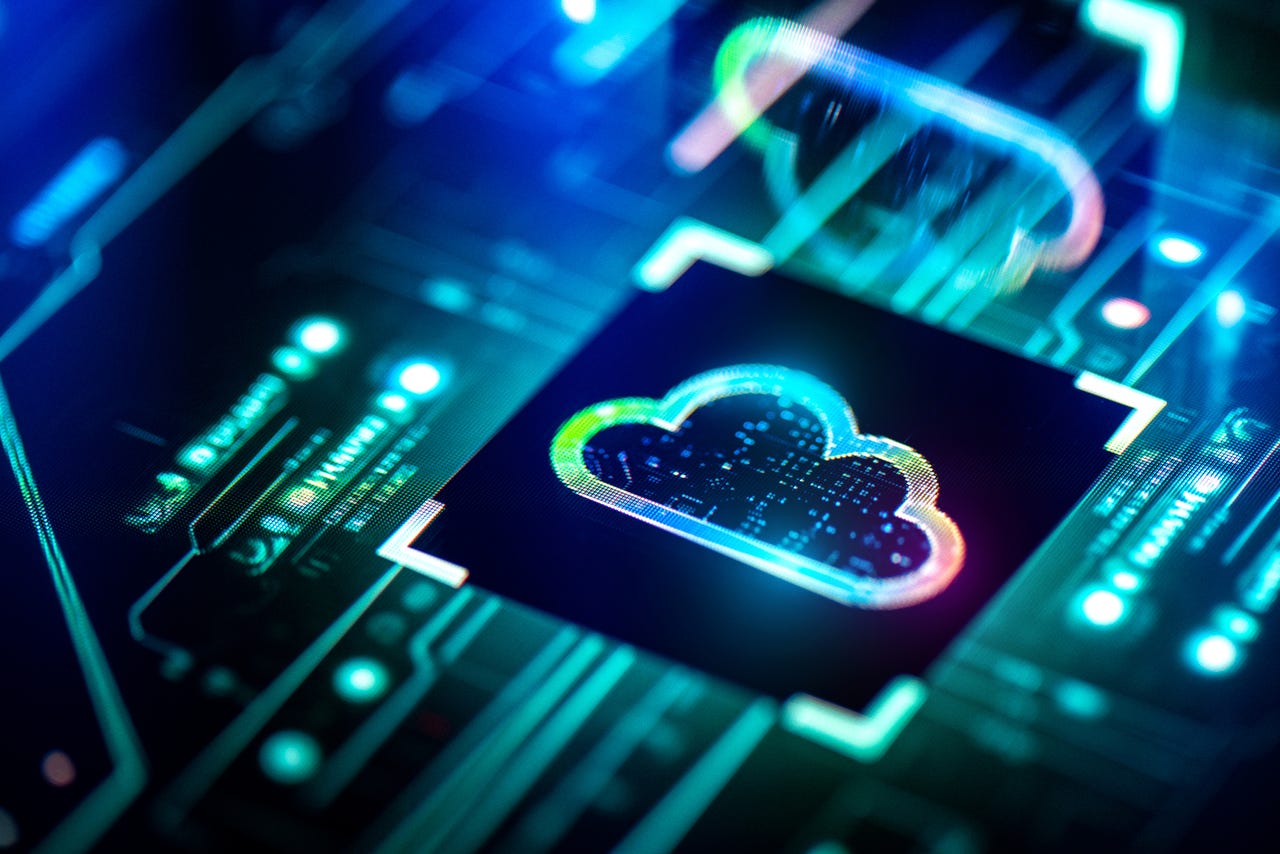
Businesses Transition to Edge Computing: Assessing Readiness and Potential Challenges

Businesses Transition to Edge Computing: Assessing Readiness and Potential Challenges

Getty Images/da-kuk
For years, we’ve heard that our best bet is to put everything into the cloud. Now, the computing action seems to be moving away from centralized services out toward the edge – embedded systems, sensors, kiosks, point-of-sale terminals, mobile devices, wearables, robots, the internet of things, you name it. They demand resident software, and produce and store local data. This means software and data run – and require support – at a million different locations. How should technology professionals prepare for this ever-edgy state of things?
It’s a big deal. An average of 35% of US computing resources now reside at the edge, according to estimates by IDG/Foundry, in a survey commissioned by Insight Enterprises and reported by Megan Crouse in TechRepublic. In addition, 36% listed the need to process data from edge devices as a top objective, an increase from 27% the year before. There’s low latency in localized data processing, as well as the security of not having data in motion.
Also: These are the most in-demand tech roles in 2023
Industry observers agree that edge systems will increasingly do the bulk of information technology work. “Machine learning and aggregation-type computations are being deployed more and more at the edge,” says Rob Mesirow , partner and connected solutions/IoT leader for PwC. “The key idea is to reduce the size and the number of events that have to be sent to the cloud. Computations that can be performed in a streaming fashion on a bounded number of data streams can be easily shifted to the edge.”
Real-time response time “is hard to achieve at scale with a single centralized cloud computing cluster,” says Jeff Fried , director of product management at InterSystems. “Similarly, real-time and near-real time analytics are achievable, and real-time insight is very popular, once you realize you can achieve it.”
The push to the edge is a trend that will not let up anytime soon. “As networks are built out, the window to introduce the next great technologies and capabilities will open wider and wider,” says Adam Compton , director of strategy at Schneider Electric. “These capabilities will have a profound impact on us all, but will require tremendous, localized computing capabilities to ensure latency is almost nonexistent.”
Also: Meet the post-AI developer: More creative, more business-focused
At the same time, the edge simply may not yet be ready for all the computing power and data moving its way. “Much of the data being generated has yet to be leveraged in a way that incorporates AI and meaningful outputs,” Compton cautions. “Networks are still growing. Bottlenecks are being slowly addressed. Throughput and latency are improving, but there is still lots of work to be done before things really explode at the edge.”
As a result, successful development of the next generation of killer edge applications will hinge on “continued upgrades to the fiber and network infrastructure, the birth of smart cities, and the evolution of AI and AR will lead to the next killer applications,” says Compton.
Effectively leveraging all the data flowing in from the edge is another challenge enterprises need to get their arms around. “Even though IoT has been in the spotlight for a few years now, most companies have yet to fully take advantage of IoT regardless of whether they have already deployed IoT solutions,” says Mesirow. “Part of the problem is that IoT data itself is worthless unless it is tied to a solution for a particular business problem. Making the leap from collecting operational IoT data to IoT insights is non-trivial and a lot of companies struggle with this.”
Also: Low and no-code software may soon test the limits of IT hand-holding
Technology staffs “accustomed to focusing on availability need to start focusing much more on response time,” says Fried. “Typically, data from devices must be combined with data from other sources to be meaningful. For example, bedside medical device data must be correlated with data such as the time, location and identity of the patient. In most cases, that data is locked away in various systems and locations.”
Compton agrees that handling such huge data streams will take time. “We’ve all had the experience of knowing that a valuable data set exists but not knowing how to access it, organize it, nor view it,” he says. “Big data may be an old term by now, but that doesn’t mean the era is over.”
Featured
How to disable ACR (and greatly reduce ads) on every TV model - and why you should
I replaced my Samsung Galaxy S24 Ultra with the Pixel 9 Pro XL for two weeks - and can’t go back
Linus Torvalds talks AI, Rust adoption, and why the Linux kernel is ‘the only thing that matters’
The best mini PCs you can buy: Expert recommended
- How to disable ACR (and greatly reduce ads) on every TV model - and why you should
- I replaced my Samsung Galaxy S24 Ultra with the Pixel 9 Pro XL for two weeks - and can’t go back
- Linus Torvalds talks AI, Rust adoption, and why the Linux kernel is ‘the only thing that matters’
- The best mini PCs you can buy: Expert recommended
Newsletters
ZDNET Week in Review
Too busy for a daily newsletter? ZDNET’s Week in Review delivers our editors’ picks of the week’s most important innovation and technology stories.
Subscribe
Also read:
- [New] In 2024, From Chats to Files The Methodical Approach to Downloading FB Video
- [New] In 2024, Premier 3D Font Archives Online
- 2024 Approved Top Windows Phone Video Players Essential App Selections
- Discover the Finest British Programmes to Binge-Watch on Netflix Right Now
- From Snapper to Maker Wealth Creation on Snapchat Platforms
- How To Fix Part of the Touch Screen Not Working on Vivo S17t | Dr.fone
- How to Securely Wipe Personal Data From Your Windows Laptop: The Top Free Method Revealed
- How To Successfully Download Files From Google Drive: A Step-By-nStep Guide for Troubled Users
- Impact of Artificial Intelligence on Employment: The Complex Dichotomy Explored | ZDNet
- Innovative Tips for Embracing Change and Thriving at Work, Endorsed by Leading Executives | Inc.com
- LibreOffice Vs. Google Docs: A Comparative Guide to Superior Writing Tools for Professionals | Tips by ZDNET
- Lock Down Your Data: Learn How to Password-Secure PDFs and ODTs Using LibreOffice (TechAdvice - ZDNET Feature)
- Master Safari Browser Settings: Always Use Tabs for New Links – Insights by ZDNet
- Mastering the Art of Joint Document Editing: Expert Tips for an Improved Experience - Learn How at ZDNet
- Maximize Productivity: Key Techniques for Focusing on Important Work Assignments
- Network-Based Recovery of System Images Using AOMEI Backupper on Windows
- New 2024 Approved How to Add Music & Background Music to Video on Desktop/Online/Mobile Phone
- Sci-Fi's Virtual Cosmos The Most Innovative Movies of the Metaverse Era for 2024
- The Essentials of Socializing with Russian Expressions
- Title: Businesses Transition to Edge Computing: Assessing Readiness and Potential Challenges
- Author: Donald
- Created at : 2025-01-08 20:52:20
- Updated at : 2025-01-12 17:14:08
- Link: https://some-tips.techidaily.com/businesses-transition-to-edge-computing-assessing-readiness-and-potential-challenges/
- License: This work is licensed under CC BY-NC-SA 4.0.